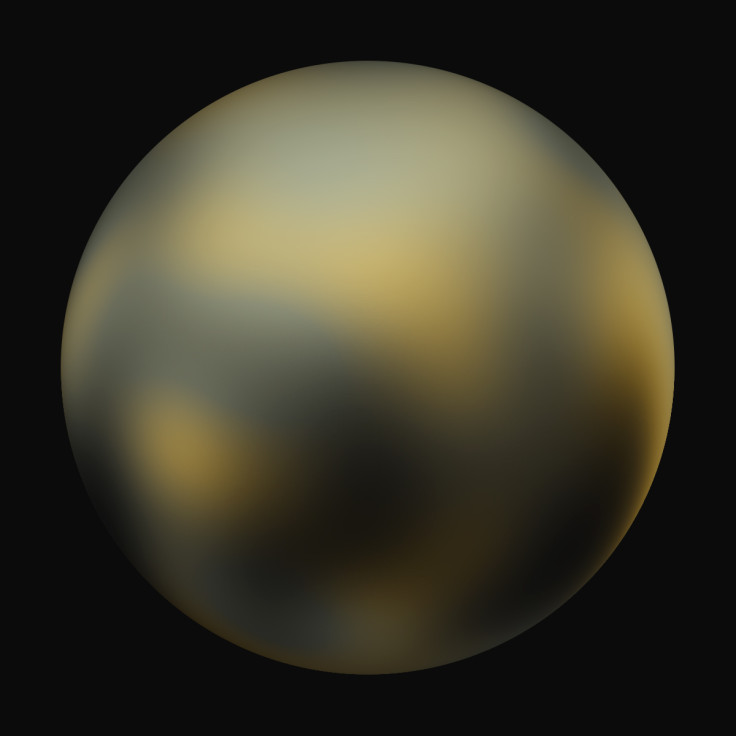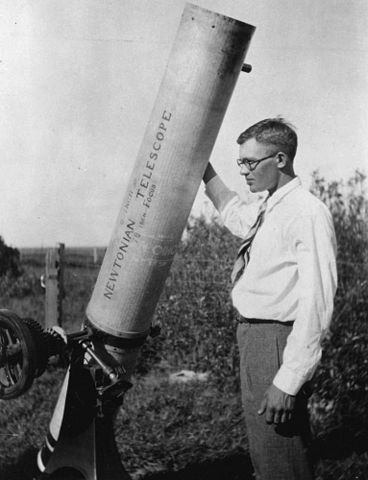New Horizon's begins six-month flyby of Pluto in historic space mission

Nasa's New Horizons mission has begun its six-month flyby of Pluto – going "where no one has gone before".
The probe has been travelling for 3,282 days and is now 133 million miles from Pluto – it is 1.43 AU from the ninth planet and 32.38 AU from Earth (one AU is about 93 million miles – or the distance between Earth and the Sun).
The historic mission was launched in January 2006 and will accumulate in the closest approach to Pluto on 14 July.
At present, scientists know very little about Pluto. It was discovered in 1930 by US astronomer Clyde Tombaugh. It is the largest object in the Kuiper belt, measuring 1,400 miles wide – making it slightly smaller than the moon.
It takes 248 years to orbit the sun, with one day on Pluto lasting 6.5 days on Earth. We think it is covered in ice with surface temperatures of about minus 400C but have little solid evidence about it – which is where New Horizons is expected to bridge huge gaps in our knowledge of the planet (Pluto was declassified to a "dwarf planet" in 2006).
Mission of discovery
Today leave a long journey behind and make a new beginning--humankind's 1irst flyby of the Pluto system. Where no one has gone before...
— NewHorizons2015 (@NewHorizons2015) January 15, 2015Scientists do not know what they will find during the mission. Principle investigator Alan Stern described it as "a mission of pure discovery".
"No one has been to this planet, no one has been to this kind of planet and no one has been to the Kuiper belt," he told IBTimes UK in December.
At present, the images we have of Pluto are of extremely poor quality in comparison to other planets in our solar system. By May, New Horizons will exceed the resolution of the Hubble Telescope, so scientists will be able to map Pluto and its moons.
Prior to this, experts will be monitoring the environment surrounding the planet and taking long-range images. Nasa said in a statement: "[In] January, February and April [we will get] a series of better and better approach movies of Pluto and its satellites orbiting around it.
"[In April] distant colour imaging of Pluto and its large moon Charon, and brightness-variation measurements of smaller moons Nix and Hydra as they rotate on their axes."
In June, the team will start to measure Pluto's compositions and map temperatures, and study the atmosphere. They will also be looking for new moons and rings.
"We are expecting to discover a whole new planet so it's very hard to make predictions," Stern said.
Clyde Tombaugh

As well as discovering a new planet, New Horizons is also acting as belated funeral director to Tombaugh, who died in 1997 aged 90. His ashes were placed on board the probe to transport the scientists to his final resting place – the planet he discovered.
Tombaugh was tasked with finding "Planet X" while working at Percival Lowell's observatory in Arizona. He surveyed the night sky looking for any objects that moved position and eventually observed an object that shifted in two photographs in January 1930.
That his ashes be sent to space was one of Tombaugh's final requests and, honouring his wishes, Nasa placed his remains to the inside of the upper deck with the inscription "interned herein are the remains of American Clyde W Tombaugh, discoverer of Pluto and the solar system's third zone".
© Copyright IBTimes 2025. All rights reserved.






















